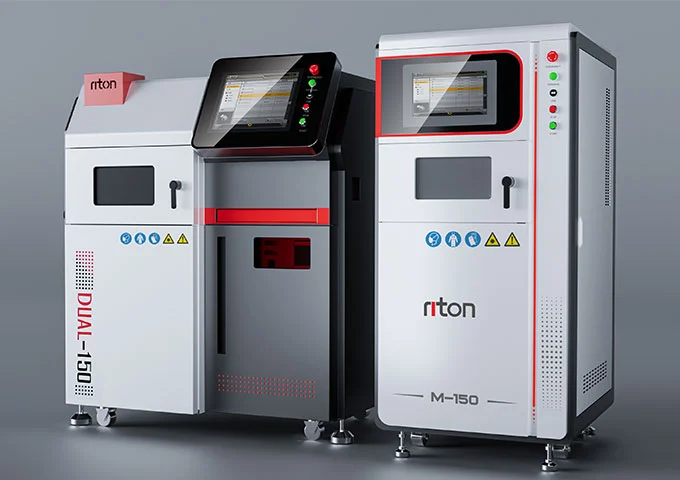The application of 3D printing technology in dentistry is gradually changing the traditional way of dental treatment and manufacturing. This technology has revolutionized the dental industry with its high precision, personalized customization and rapid manufacturing.
3D printing technology can be based on the patient's oral data, manufacturing dental equipment that fully meets individual needs, such as crowns, bridges, dentures and orthodontic appliances. This personalized manufacturing not only improves the comfort and effectiveness of the treatment, but also greatly reduces the treatment time. For example, with 3D printing technology, doctors can customize precise dental restorations for patients in a shorter period of time, thus improving treatment efficiency and patient satisfaction.
3D printing technology is also widely used to make dental models and surgical guides. These models and guides play a vital role in dental surgeries, as they help doctors plan surgical procedures more accurately and improve the success rate of surgeries. In addition, 3D printed models are also used in dental education and training to improve the quality and effectiveness of teaching.
The application of 3D printing technology in dentistry has driven the development of new dental materials. Researchers are exploring the use of better biocompatible materials, such as bioceramics and biodegradable polymers, to improve the safety and functionality of dental devices. The research and application of these materials provide more options and possibilities for dental treatments.

With the advancement of technology and reduction in cost, 3D printing is being used more and more widely in the field of dentistry. According to market research forecasts, the size of the global dental 3D printing market will continue to grow and is expected to reach billions of dollars by 2028. This growth trend reflects the huge potential and market demand for 3D printing technology in the dental field.
Although 3D printing technology shows great potential in the dental field, it also faces some challenges, such as the biocompatibility of the printing materials, the accuracy and stability of the equipment, and so on. However, with the continuous advancement of technology and the development of new materials, these challenges will be gradually overcome, and the application of 3D printing technology in the dental field will be more extensive and in-depth.
3D printing technology brings innovative manufacturing methods and treatment options to the dental industry. As the technology matures and the market expands, 3D printed dental devices will provide patients with more personalized, efficient and safe medical services. In the future, 3D printing technology is expected to become the mainstream technology for dental treatment and manufacturing, driving the development and innovation of the entire industry
Riton 3D Printer Products
